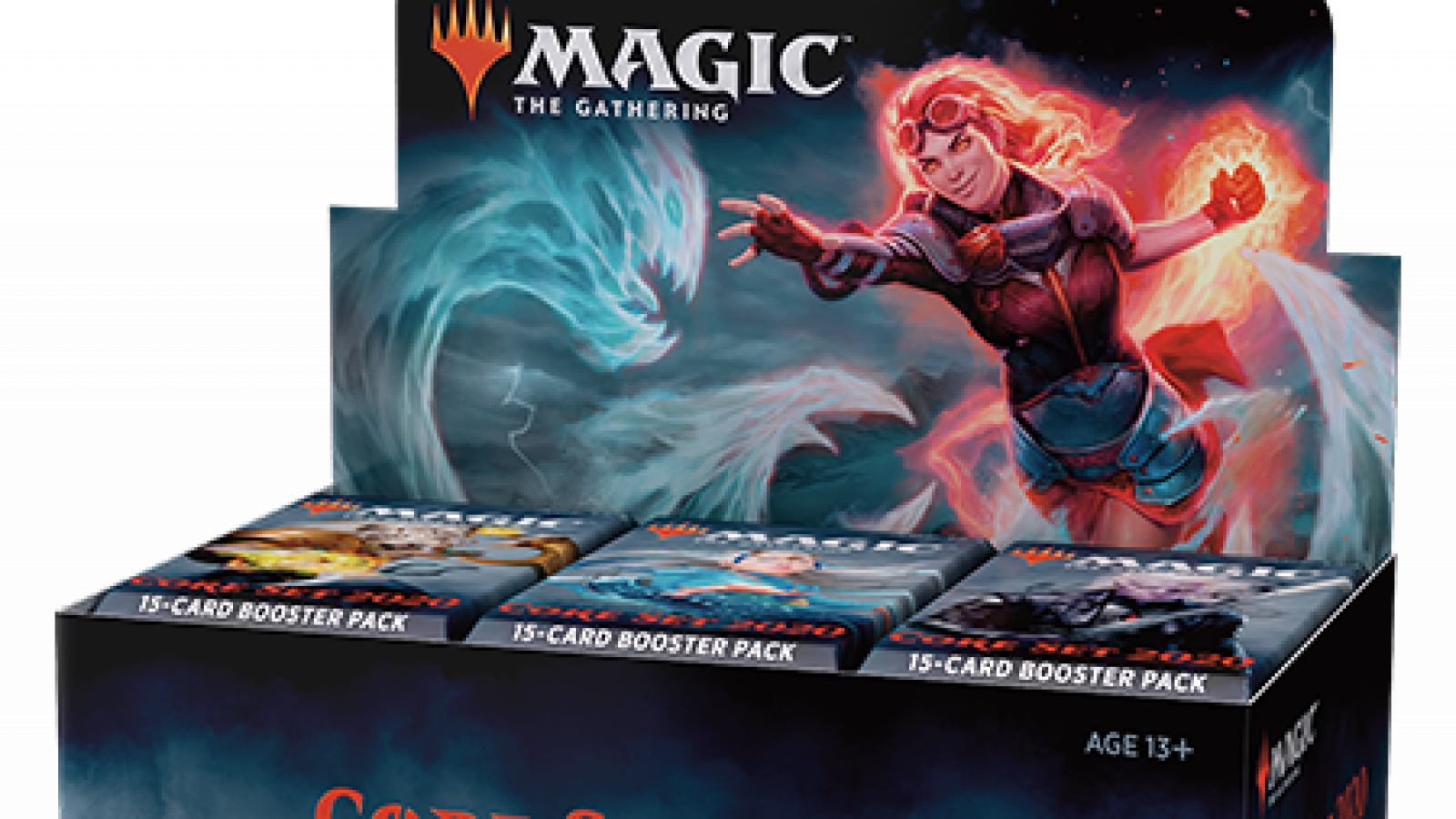Very few constants have survived over the years, but green not getting fliers is one of the most constants. While a few hhave appeared here and there, as far Mark Rosewater is concerned, it's not part of green's color pie. I never liked that, because small flying creatures (insects, birds) live in woodlands, and more importantly, all assortments of fairfolk. However, I'm not here to talk about the color pie, but instead
In the recent debates of a 1/1 flier for two, and which one is the best, Fire Sprites is almost never discussed, and in fact, Emerald Dragonfly is probably constantly better then it. However, it does have one unique advantage to the butterfly, and in the fact, Homelands got some fairy support. With a request from Stan to review this card, I will do my best to be objective in reviewing it for both the conventional OS format, as well as the 95 format.
| "Dear Stan, I wrote to you but you still ain't calling..." |
Playability: A LGS has free MTG Tuesday, which has evolved into "Tribal Tuesday". With my package of Planechase cards, I allow multiples of casual standard players earn promo's by playing a sanction-able format. For this, I needed some tribal decks, and one of these I've considered was mono-green fairy's (it turns out I only owned two nobles). Fire Sprites actually made it into the initial list, over the Leprauchaun and Brownie, because it had flying (always a good ability).
The fact it filters into red is very interesting, because it allows one to splash red, in a format with difficulty fixing colors (especially on the cheap). With this, it could allow a zoo variant to run the likes of Bloodlust and Earthquake, or since my fairy deck would be almost exclusively flyers. Combine this with the usual green combat tricks.
Still, it lacks behind the likes of Emerald Butterfly, Scryb Sprites, Birds of Paradise, and arguable even Willow Faeries if you are playing the 95 format. Still, an interesting green creature none the less, and it gets a point for some tribal synergy and for having a interesting filter effect. 3/5
Art: Unfortunately I couldn't find a stand alone piece. Julie Baroh was one of those early artists who you either really enjoyed the simple style, or you disliked it. While Underworld Dreams and Clone are rather famous, some art pieces are a bit more obscure, including Fire Sprites. The art piece, shows some mischievous sprites sitting in what appears to be a fire, whether a fire place, or a bonfire, is unclear, and honestly, unnecessary. While a rather basic painting, it's noticeable enough to stand out in a pack, and well enough to make a small impression. It's background is nice to, with the darker fire contrasting with the lighter fairies and black background that much more impressive. 3/5
Flavor: The weirdest part of the card. I guess the green mana for the ability represent kindling, they set on fire for the red mana, and it makes sense they would be cheap, weak, and could fly. I never understood why Fire Sprites would be green though, since they are often depicted as being literal mischief makes of fire. However, I suppose every fairy until Homelands was green, and it would make sense they would be as well. Plus I think the mechanic as it stands, would be really weird on a red card (as in filter G: for R). Though odd, I'll still give the flavor of it as a 3/5.
There you go, three 3/5. In my opinion a completely average, unusual, and magical card. Not amazing, not unusually bad, not amazingly unusual. Which is fine.
























